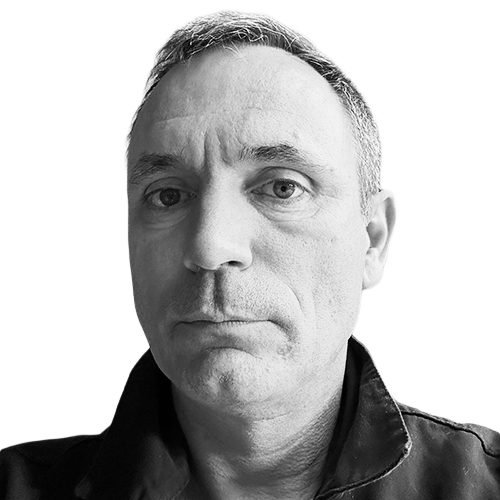It’s a question that crosses the mind of every traveler heading for the Southern Hemisphere: How long do you have to go to Australia for to make it worthwhile?
The answer varies.
But it is rarely “six days.”
Admittedly, heads of state have different ideas to the rest of us about travel, as well as comfier planes, but it is understood that a mere six days is indeed how long King Charles will now spend in Australia on an official tour in October, after his schedule was dramatically cut back in deference to his ongoing fight with cancer.
The six days in Australia, barely enough to adjust to the 11-hour time difference, will be followed by a state visit to Samoa where the Commonwealth Heads of Government conference will be taking place.
Including travel time, Charles will be away for 10 days, according to a report in the Telegraph. It was originally intended to be closer to three weeks.
A Palace spokesperson said: “Their Majesties will visit the Australian Capital Territory, New South Wales and Samoa. The King’s doctors have advised that a further extension to Their Majesties’ trip should be avoided at this time, to prioritize His Majesty’s continued recovery.
“As with all His Majesty’s recent engagements, his programme in both countries will be subject to doctors’ advice, and any necessary modifications on health grounds.”
The Daily Beast reported last month that the trip, which had been planned to include a stopover in New Zealand, would be dramatically curtailed over health worries.
The king has been so publicly visible since his return to public duties in April that it is easy to forget that not only was he diagnosed with cancer earlier this year, but that he is still undergoing treatment for it.
In recent weeks, he has visited Jersey and Normandy and hosted the Japanese emperor and empress during their state visit to the U.K.
While he has sometimes appeared a little frail, he has also looked happy, and has made it clear he is very pleased to be back at public work.
However, the fact that his big foreign tour has been ruthlessly edited has naturally put back into sharp focus the reality of the king’s ongoing cancer battle.
The Palace has not said what cancer he is suffering from (and declined to comment for this article), and there has been no credible reporting identifying it.
Speculation that it is bladder cancer has been floated in mainstream outlets including the New York Times, in part because the cancer was discovered while the king was having treatment for a benign enlarged prostate. The five-year relative survival rate for localized bladder cancer is 71 percent. Palace sources have made it clear that any speculation around the type of cancer affecting the king is unwelcome and unfounded.
One insider told the Daily Beast: “There has been a lot of debate in the Palace about how much Charles should be doing. There are plenty of people who think a long-haul foreign tour is unwise when you have cancer. But ultimately the decisions are coming from the top and the problem is, he knows that if he doesn’t do a trip to Australia as king now, it will probably never happen.”
Friends of the king, of course, see a different narrative. They feel that the fact Charles is going on the trip at all is a significant sign that his treatment for cancer is progressing well.
One friend of the king told The Daily Beast: “Australia is a very important country to him. It’s no secret that there are Republican rumblings Down Under, and he wants to do everything he can to keep the Aussies on board. But it’s clear he wouldn’t be going unless he was on the mend and his doctors thought he could handle it. It’s a hugely encouraging sign.”
Asked if the decision to cut the New Zealand aspect of the tour from the itinerary showed that in fact the king was still struggling with his health, the friend said, “I think that would be a churlish interpretation. He has been very open about having cancer. It is absolutely plain to see that he is doing really well. It’s very sad about New Zealand but I think it’s just the reality of trying to work while being treated for cancer—you can’t do everything.”







